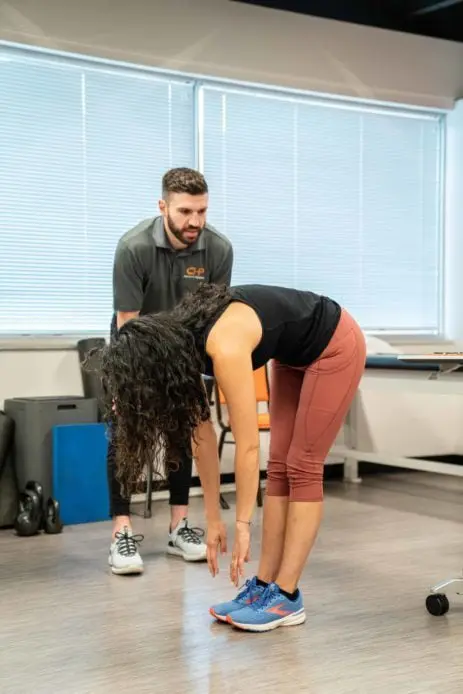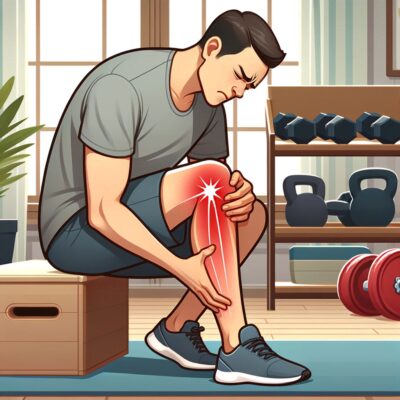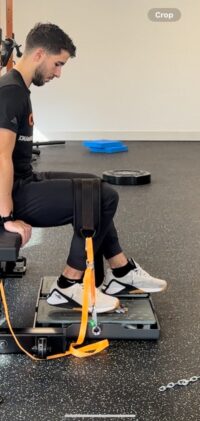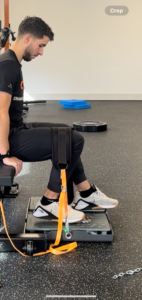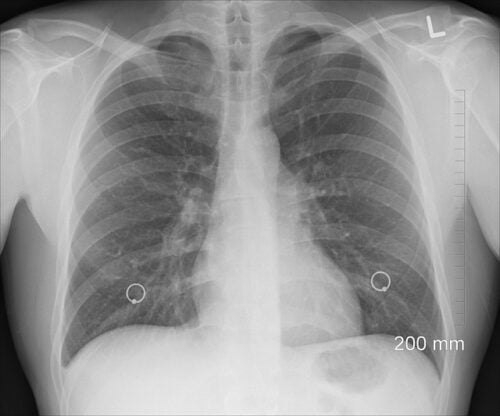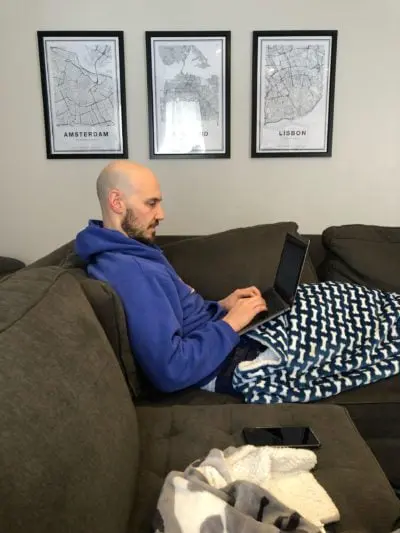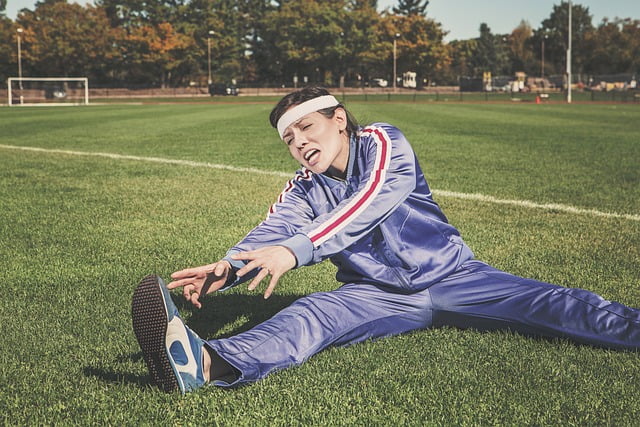Physical therapy stands as a cornerstone treatment for most variations of lower back pain.
Our approach involves specialized exercises aimed at improving the body’s ability to control intra-abdominal pressure (the pressure we use to stabilize our low back), the lower back’s muscular endurance/loading capacity and conditioning the spine’s supportive structures.
Objectives for Therapeutic Intervention
The primary and secondary objectives for engaging in physical therapy for back discomfort are multi-tiered:
- Alleviate pain in the lumbar region and any referred symptoms into the legs.
- Improve functional capacity for day-to-day independence.
- Improve dynamic spinal mobility.
- Develop an exercise program designed to improve the low back’s stress tolerance
Don’t forget, the back often takes the brunt of the stress when other areas aren’t doing their job. These exercises are not isolated to the back but target the entire kinetic chain—interlinked segments of the body that collaborate for movement.
Therapeutic Outcomes
Patients in physical therapy first must get out of pain and return to their previous level of function. Comprehensive studies reveal that physical therapy can improve symptoms of lower back pain by up to 60%.
Exercise for Low Back Pain Management
- Core Muscle Fortification
Central to mitigating lower back pain is the strengthening of core muscles, enveloping the abdomen, back, and the base of the lungs. A robust core ensures even weight distribution across the spine and optimal control of the intra-abdominal pressure that we use to stabilize the pain, thus mitigating pain. Targeted exercises like 90/90 hip lifts and bear positions are integral to this strengthening process.
- Dynamic Lumbar Stability
Mobility and strength in the lumbar region and legs are crucial for spinal support. Specific stretching exercises that teach the spine to move at each of its segments helps to strengthen pivotal muscles, fostering stability, control and pain alleviation.
- Cardiovascular Conditioning
Cardio exercises go beyond heart health—they rejuvenate spinal muscles, enhancing flexibility and mobility, essential for managing back pain. Activities such as walking and swimming are particularly effective.
- Postural Help
Optimal posture can significantly reduce strain, with exercises designed to teach patients how to “stack” their head, rib cage and pelvis over one another help to reduce strain on the spine and contributes to spinal stability.
A Collaborative Therapeutic Journey
A physical therapist’s role is vital in creating a program that educates and trains patients in the execution of these exercises.
Physical Therapy’s Applicability to Different Types of Back Pain
Most lower back conditions are amenable to physical therapy, barring urgent medical scenarios. The specifics of the pain and injury determine the therapy regimen, catering to conditions ranging from axial back pain to sciatica and postoperative recovery.
Program Duration and Complementary Therapies
The length of therapy depends on pain severity, often commencing with an eight-week guided program, followed by a home-based continuation. Back pain physical therapy might be augmented with other treatments such as massage, manual therapy, acupuncture, and in some cases, injections or medications, alongside self-treatments like heat and cold therapy for pain mitigation and tissue healing.
